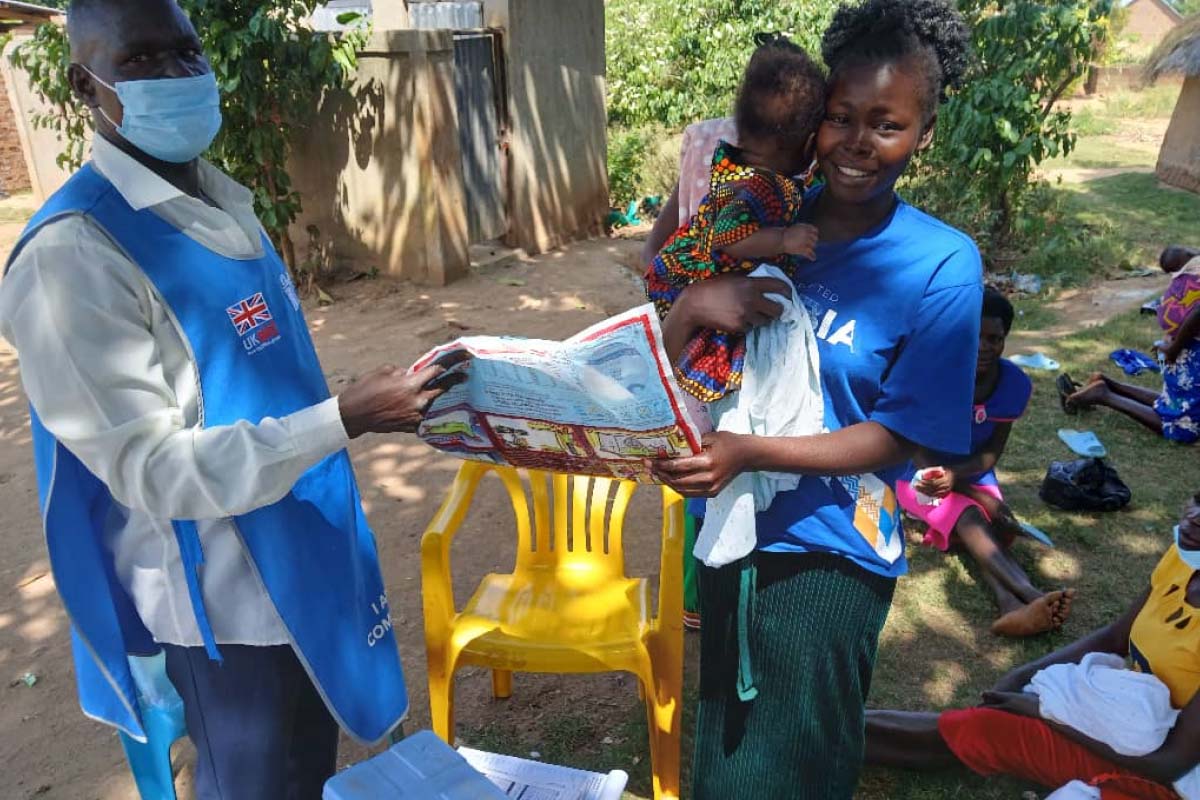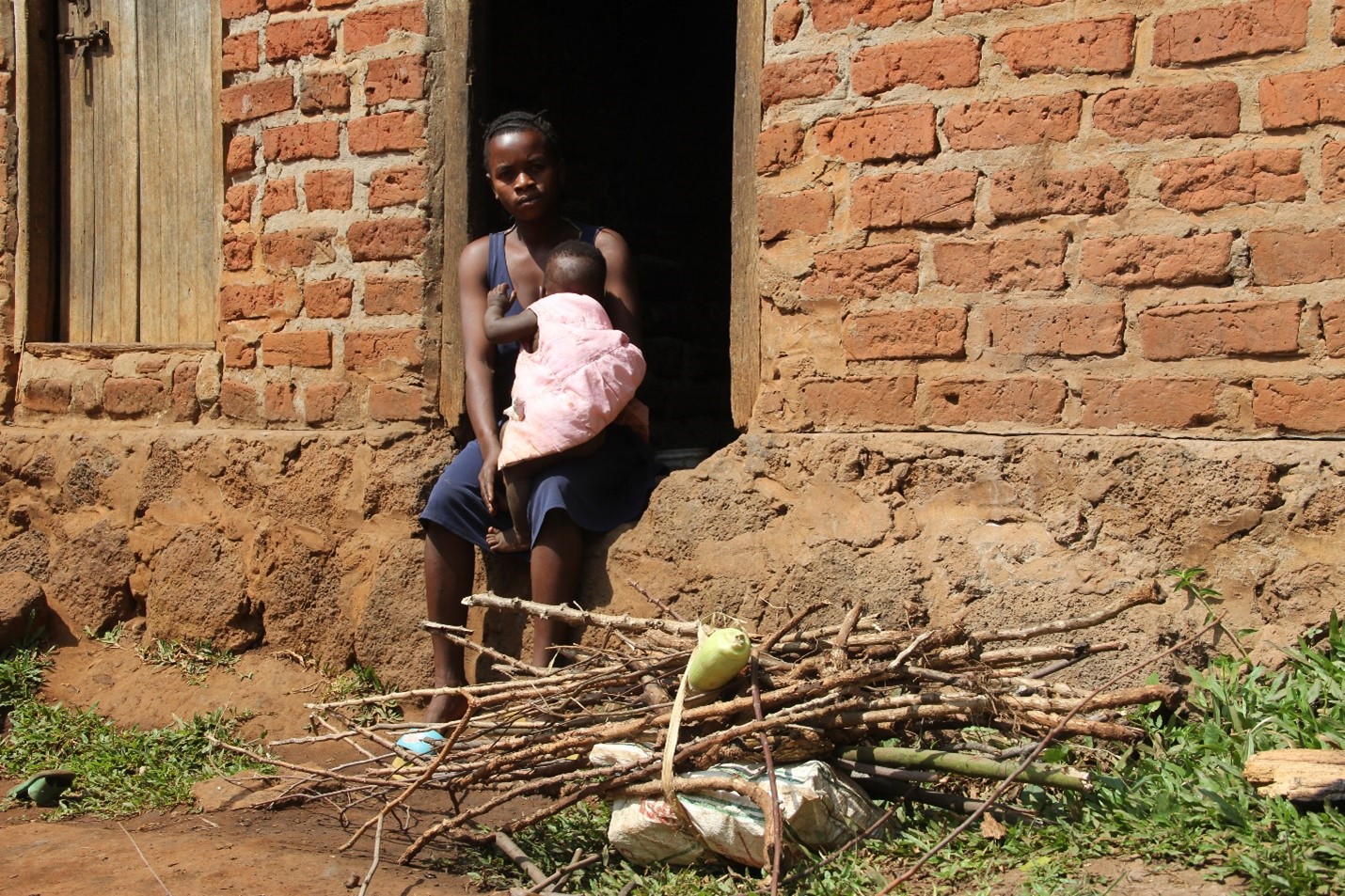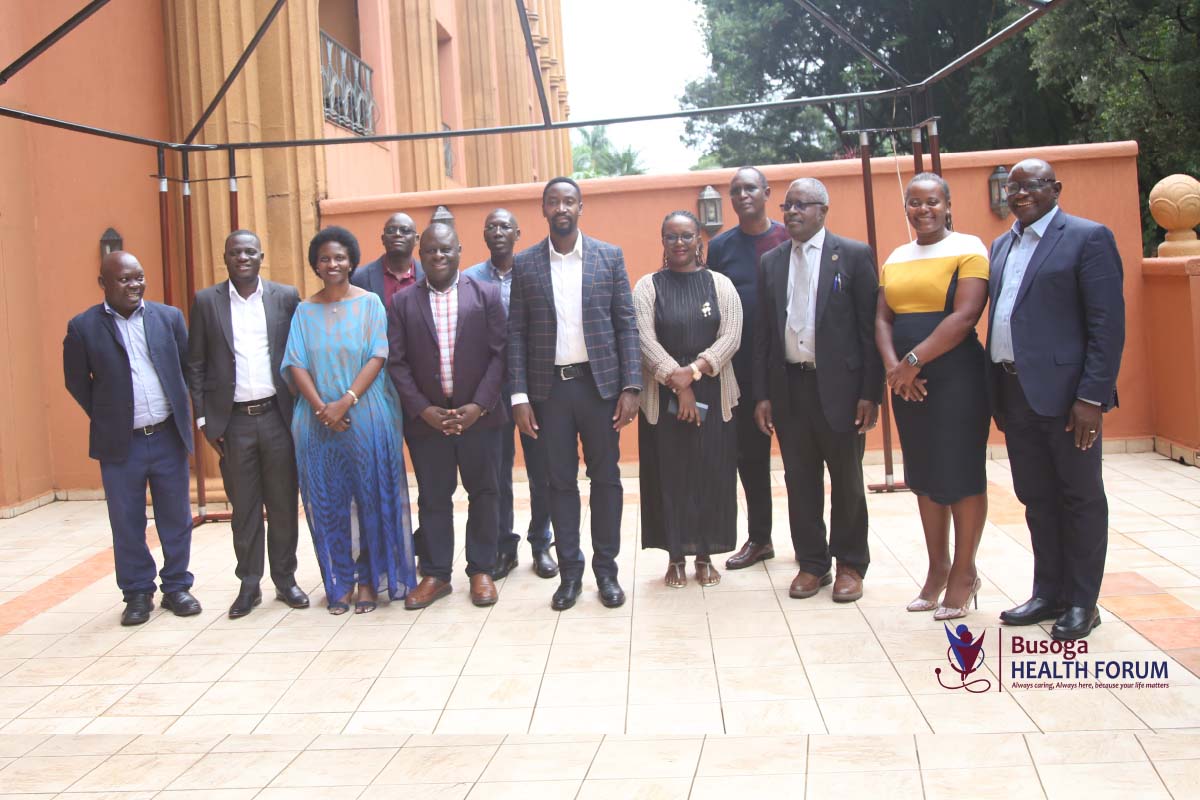
Opinion: Allow every girl to speak the digital language
By Elizabeth Namara
As we mark this year’s international day of the girl child (October 11), it is worth noting that the outbreak of the Covid-19 pandemic has brought a recession in all the efforts that had been put in empowering young girls.
Teenage pregnancies have shot up in Uganda more than ever before. Unfortunately, fewer are the chances of these girls getting back to school even with the Ministry of Education’s new guidelines on re-entry.
According to the Ministry of Health, 25% of Ugandan teenagers become pregnant by the age of 19, and close to half are married before the age of 18. This is considered very tragic, a symbol of potential cut short, and a generation of poverty rekindled.
So many young girls’ dreams have been cut shot. Yes, they are allowed to dream but of what significance is it to a girl who’s looked at by the father as a one-way ticket out of abject poverty? The only option is to get married and please the parents.
Covid-19 hasn’t made things any easier, girls have been targeted victims for the insatiable males. A simple exchange of luxuries such as smartphones to be part of the ‘dot com’ generation. Social media buzz and the fear of being left out have left many girls with their lives at risk.
They are not only at the risk of becoming pregnant but also contracting sexually transmitted diseases and infections.
This year’s International Day of the Girl Child focuses on the theme ‘Digital generation, our generation”.’ It’s quite absurd that without a good education a digital generation of a rural girl in a hard-to-reach area without electricity and a 12% tax on social media is still a long way to go.
The social stereotypes and labels have left girls lost within the narratives in their societies i.e. what they have been forced to believe about themselves.
For a long time, girls have been disempowered and marginalized, digital is a language that many girls in rural areas know nothing about, the societal stereotypes about women such as ‘meant for the kitchen’ and ‘technology meant for boys’ still suffice in 2021.
Even when technology is being used for transcending these stereotypes, some people still see that women cannot do anything more than uploading a ‘makeup’ video on YouTube or TikTok.
Yet, the potential of girls has been evident, even in 2020 UACE, female candidates performed better than male candidates. Females constituted 41.9 percent of the total number of candidates who took the examination in 2020.
However, it is no surprise that the number of females transiting to the UACE level is still significantly lower than that of males.
From time immemorial, boys have been considered the priority in families when it comes to higher education.
There is a low and disproportionate representation of women in Science, Technology, Engineering, and Mathematics (STEM). The participation of girls in science education is still poor and requires more effort. The so-called stereotypes and biases continue to be great limitations, STEM is also seen as a male-dominated subject.
Policies such as the National Strategy on Girl Education (NSGE) provide for a national implementation framework. NSGE has also laid out strategies to achieve the goal of narrowing the gender gap in education, to accord the girl child the right to equal access and equal chances.
Although several policies have been put in place on both the local and international level, more is still needed especially in this pandemic to curb the other epidemics that have or might come as a consequence.
It’s high time the government and the community realized that empowered girls grow up to be empowered women able to make independent choices. Let’s change the narrative, let’s focus on positive action. Since more is expected of the girl child more should be put in place to bring it to fruition.




